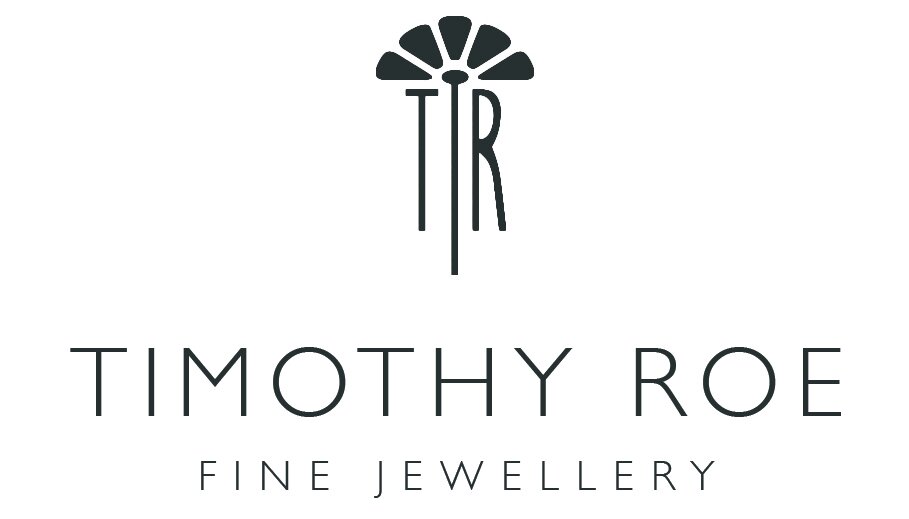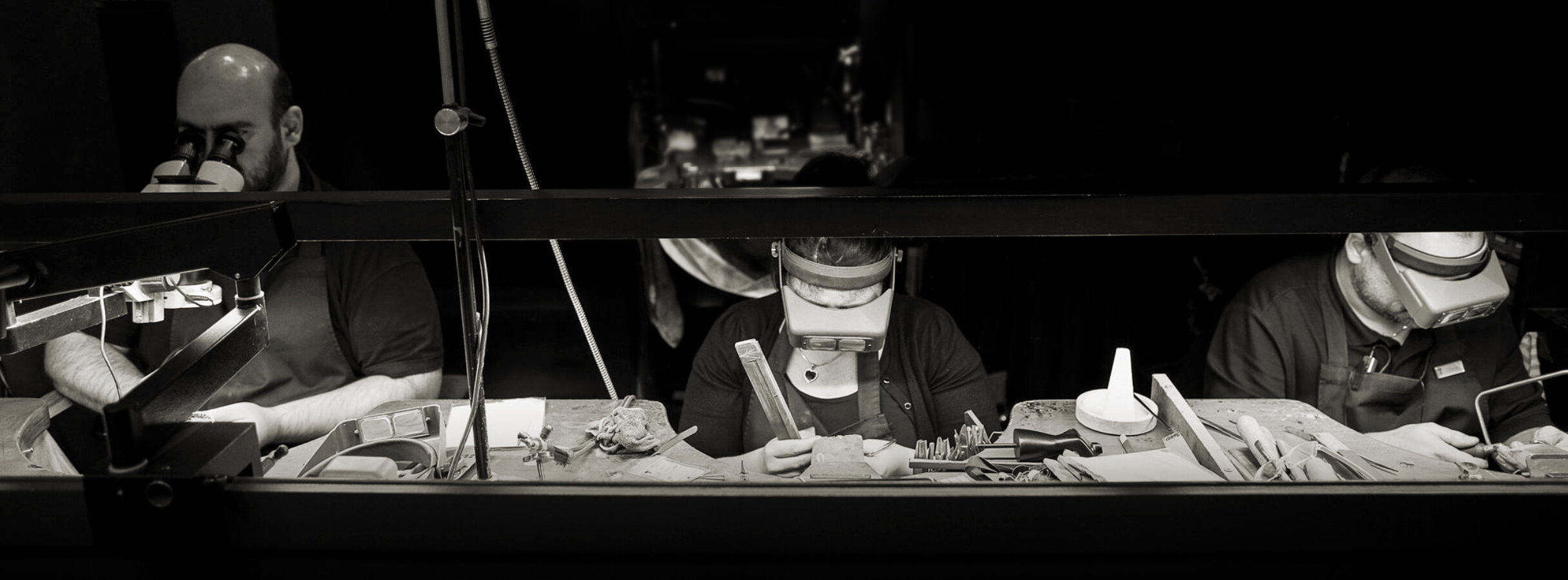How Do We Recycle Gold?
Recycling, repurposing, upcycling; these are labels, actions, values and mindsets that are becoming part of our everyday lives. Tips and ideas on Instagram and YouTube on reusing supplies and materials to save the planet and reduce waste are trending more and more and you’ll find this perspective is spreading into all industries across the world.
Reusing gold to make new pieces isn’t a modern phenomenon, goldsmiths have been doing it for centuries just on a smaller scale but to the retail consumer it might appear as a modern shift fitting in with the current times. You may have seen jewellers advertising products made with recycled gold and wondered what this means. As we are growing ever increasingly aware of our carbon footprint, being environmentally responsible to minimise the impact of mining and extracting the gold, and consciously thinking about consumption and wastage, many people are looking for alternative ways to buy their jewellery and are considering alternative sourcing and materials. Jewellers are also embracing being more transparent and allowing customers to see behind the scenes and know more about how their jewellery is made to educate and inform.
There are different ways of recycling gold and there are different forms of gold that can be recycled. Some industries recycle electronic waste such as smart phones, computers, and circuit boards that have gold in them. The Royal Mint in Wales has just opened up a recycling centre for this purpose. Then there is industrial gold waste pertaining to the dentistry and medical industries, and old gold plating and coatings where recycling processes involve removing the gold coating on plated jewellery, watches and connectors through chemical or electrochemical methods.
Then there is jewellery and scrap gold where jewellers will weigh your pieces, check the hallmarks and purity and offer you a price for the materials. This will not be what your piece of jewellery is valued at for insurance purposes but what the basic metal materials are worth according to current market prices. Jewellers and goldsmiths can melt down old gold jewellery and reshape it into new pieces. Similarly, individuals can sell their scrap gold where it is melted and purified.
The specific methods used in gold recycling depend on the type of source material and the desired purity of the recovered gold. Various techniques including chemical leaching, smelting, and electrolysis may be used to extract the gold from the materials.
So how do we recycle here at Timothy Roe?
Scrap Gold, Lemel & Offcuts
When jewellers drill, file, sand and shape metal to form jewellery products, it creates precious metal waste. The leftover precious metal dust and filings from this is called lemel. It is a mix of emery paper dust, gold dust, filings, steel, and dirt and is practically useless. We cannot use it, work with it nor do anything with it but it contains metal parts. Lemel is swept from the floors and the goldsmiths’ workbench skins along with any unusable offcuts we have from the bench and is added to the pile. We put the scrap gold we have purchased from customers also into this mix.
We use a small UK based bullion supplier to process our scrap gold, lemel and offcuts. When our small scale UK refiner processes this mix, they separate everything back to fine precious metals - 999 gold, 999 platinum, 999 palladium, 999 silver etc. We then receive payment for the precious metal content recovered. This material can then be re-alloyed into jewellery making alloys and will filter back into the trade as different types of wire, sheet or tube - maybe even casting grain.
Bespoke Orders and Casting
All of our orders that are made using computer aided design which are then cast into precious metals, are made with 100% recycled alloys. No newly mined gold or precious metal has been used in the creation of the casting alloys that our caster uses. We return sprues, offcuts, and unused castings to them for credit which they will in turn send to their bullion supplier (a large German company) who will process it, refining it back to fine gold, platinum, palladium, silver etc. to then remake into new alloys. Casters often use a lot of metal. It is not uncommon for a single caster to put 3kg of platinum through a casting machine each week with scraps and offcuts being returned to the recycling pot each week to be refined and reused.
Nearly all of the larger industry bullion suppliers have now switched to using 100% recycled gold and other precious metals so the industry and nearly all new fine jewellery is made of recycled materials.
Bespoke Orders and Using Customer’s Existing Gold
If you have heirlooms or jewellery items that are sentimental and you like the romantic idea of repurposing special pieces into a new design this is something we can do at Timothy Roe. It can be a great way to wear jewellery you love whilst remembering dear ones who are no longer here.
Before we melt down your existing pieces we need to be careful and check the purity and alloys and discuss with you what new item you would like made. Generally, we wouldn’t use customers’ gold if we have to cast new pieces. If the alloys do not match when we add additional metals it can cause the resulting cast to be brittle, porous, or even to fail completely. We can, however, use customers’ items if we are making something completely bespoke by hand and there are several options for different pieces.
Admittedly, it is easier to work with customers’ yellow gold than other metals. We can add to gold with other recycled gold, lower or increase the carat amount and it gives us more options but again, we always need to assess the suitability and consider all viable options when you ask us to repurpose your treasures. There is always a risk with melting gold that the remake will not be successful or we run into issues in the melting pot. This is usually due to the alloy metals in the gold. But honesty is at the forefront of our reputation and our experts are highly experienced working with the metals that this is a seldom problem we run into but nonetheless there is a risk that our customers do need to be aware of. We will look at all your pieces and work with you to find the best way to recycle them into something new. Our goal is to always make the best quality product possible in the most cost effective way. We want to create the most beautiful jewellery that will last and stay with you as you create new memories.



